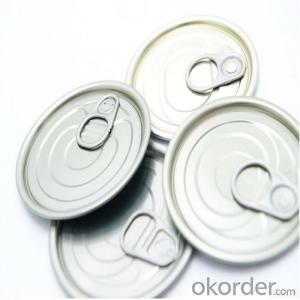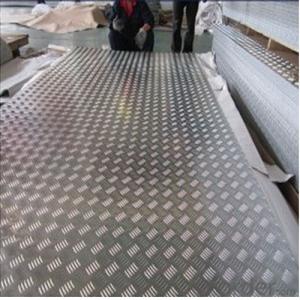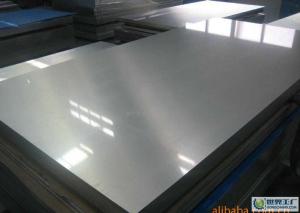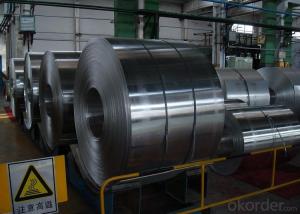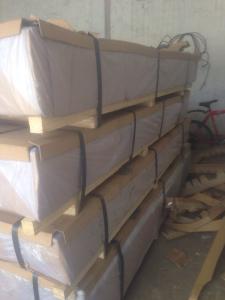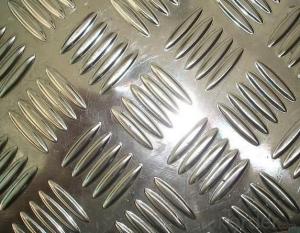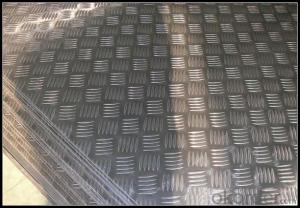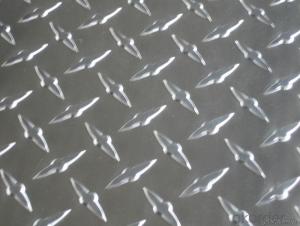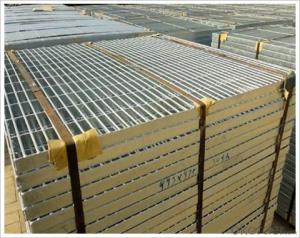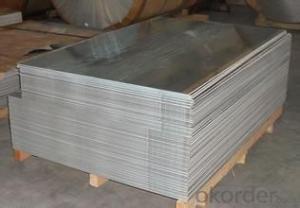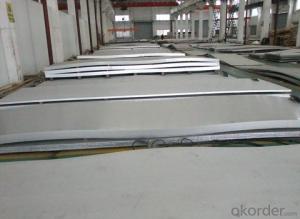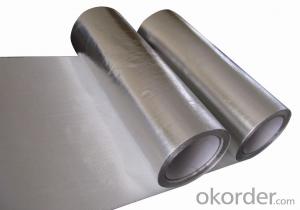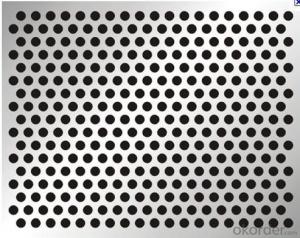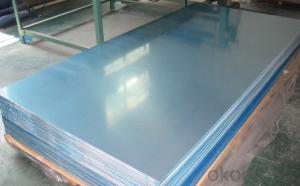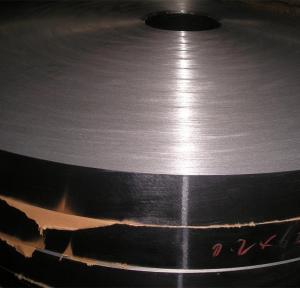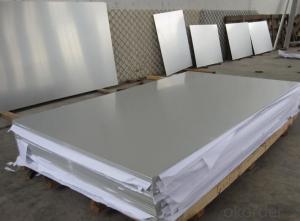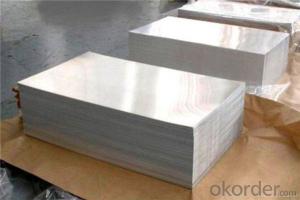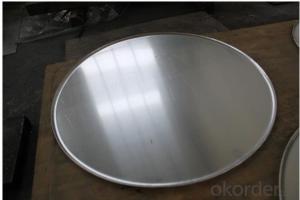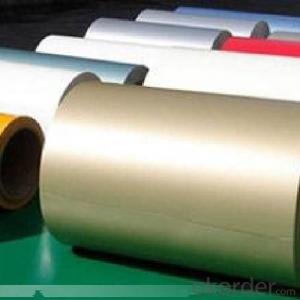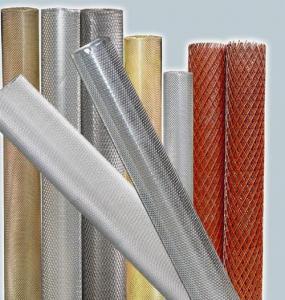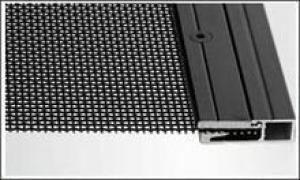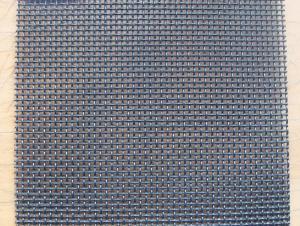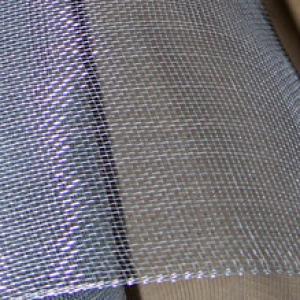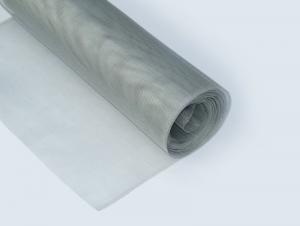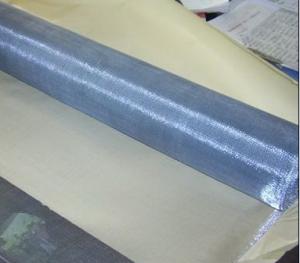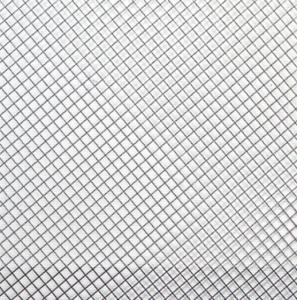Cheap Aluminum Diamond Plate
Cheap Aluminum Diamond Plate Related Searches
Cheap Aluminum Plate Aluminum Diamond Plate Cost Buy Aluminum Diamond Plate Aluminum Diamond Plate Prices Thin Aluminum Diamond Plate Cost Of Diamond Plate Aluminum Aluminum Diamond Plate For Sale Fake Aluminum Diamond Plate Thin Diamond Plate Aluminum Polished Aluminum Diamond Plate Aluminum Diamond Plate Near Me Aluminum Diamond Deck Plate Aluminum Diamond Plate Nearby Aluminum Sheet Diamond Plate Aluminum Diamond Plate Panels Aluminum Diamond Plate Suppliers Sheet Aluminum Diamond Plate Wholesale Aluminum Diamond Plate Anodized Aluminum Diamond Plate Colored Aluminum Diamond Plate Diamond Plate Aluminum Near Me Cosmetic Aluminum Diamond Plate Aluminum Diamond Plate Roll Aluminum Diamond Plate Strips White Aluminum Diamond Plate Aluminum Black Diamond Plate 1 4 Aluminum Diamond Plate Price Scrap Aluminum Diamond Plate Bending Aluminum Diamond Plate Brazing Aluminum Diamond PlateCheap Aluminum Diamond Plate Supplier & Manufacturer from China
Cheap Aluminum Diamond Plate is a cost-effective and durable material that is widely used in various industries. This product is known for its slip-resistant surface, making it an ideal choice for applications where safety and stability are crucial. The plates are designed to provide a high level of traction, which is particularly beneficial in areas with high foot or vehicle traffic.The usage scenarios for Cheap Aluminum Diamond Plate are vast, ranging from commercial and industrial flooring to ramps, walkways, and stair treads. It is also commonly used in truck beds, trailers, and various types of machinery to prevent accidents caused by slipping. The product's versatility and resilience make it a popular choice for both indoor and outdoor applications, where its non-slip properties are essential.
Okorder.com is a reputable wholesale supplier of Cheap Aluminum Diamond Plate, boasting a large inventory to cater to the diverse needs of customers. By offering this product at competitive prices, Okorder.com ensures that businesses and individuals can access high-quality aluminum diamond plate without breaking the bank. This makes it easier for customers to implement safety measures in their workspaces or vehicles, ultimately contributing to a safer environment for all.
Hot Products





